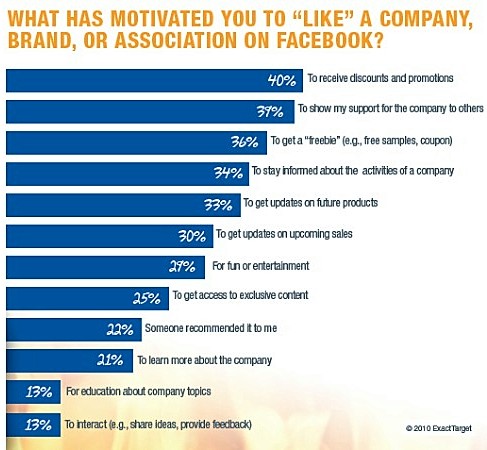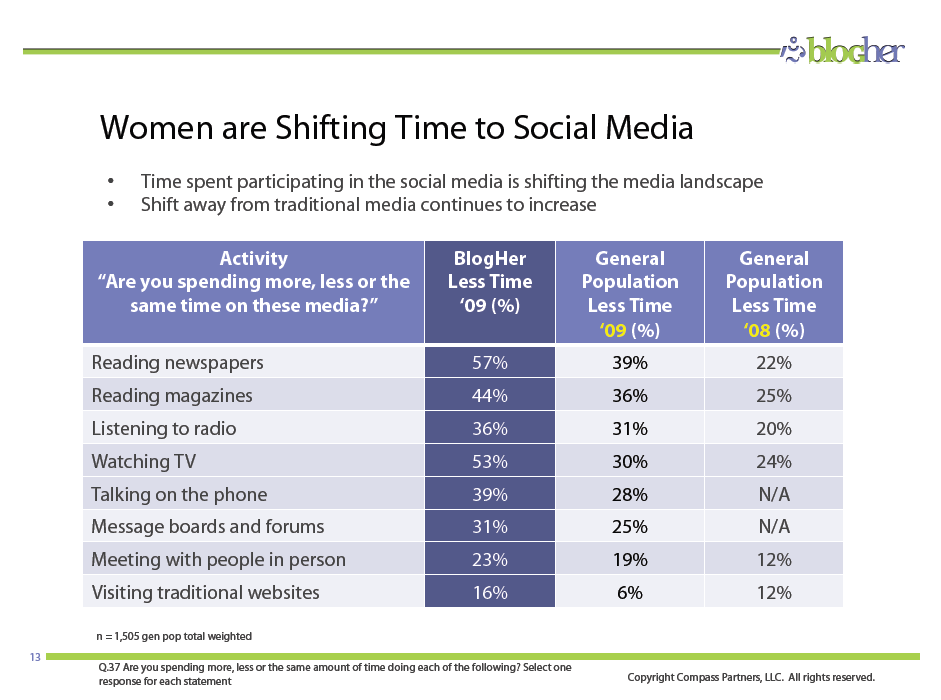State of the Market Report: Internet of Things 2016
 The Internet of Things is said to have a major impact on the business world according to Jared Newman. Goldman Sachs even thinks that IoT opportunity for industrials could amount to $2 trillion by 2020. Connected cars, connected utility, connected houses, connected vineyards, connected streets, connected everything – the opportunities seem incredable bearing in mind that with IoT everyting can be addressed in the future.
The Internet of Things is said to have a major impact on the business world according to Jared Newman. Goldman Sachs even thinks that IoT opportunity for industrials could amount to $2 trillion by 2020. Connected cars, connected utility, connected houses, connected vineyards, connected streets, connected everything – the opportunities seem incredable bearing in mind that with IoT everyting can be addressed in the future.
Now, a recent report called “State of the Market: Internet of Things 2016,” shows that the Internet of Things (IoT) is already mainstream.
The motivation behind the high adoption rate is quite obvious: The opportunity for revenue growth drives many managers towards IoT adoption with data being the monetization engine behind it. Still, just 8% of the respondents make use of more than 25% of their IoT data these days.
Not suprisingly, the report also highlights that enterprises are turning to startups to help accelerate their IoT growth. In 2015, enterprise IoT startup companies outpaced funding for consumer startup companies by 75%.
Verizon’s experts think that IoT will continue to be a revenue driver for businesses both large and small due to the confluence of five macrotrends:
1. Consumer usage of smartphones.
High expectations to automation possibilities as of simplified interface. 81% of IoT adopters in the public sector believe that their citizens increasingly expect them to offer enhanced services from data and IoT.
2. Data monetization is wanted.
By 2018, almost 50% of businesses expect to be using more than 25%of their data. Descriptive data collection will become predictive and prescriptive data analytics. Paradigm shift from “big data” to domain experts expected.
3. Regulatory landscape will bring right ecosystem partners together to drive industry standards.
In the US, with the Drug Supply Chain Act manufacturers until late 2017 will implement systems to electronically transfer and store transaction histories for their prescription drugs including shipment information across their distribution and supply chain. Result: Thwart counterfeiting drugs and savings of $75 billion annually according to the World Health Organization.
4. Democratization of innovation by network connectivity, low power devices and IoT platforms.
Businesses can scale their IoT deployments from millions to billions of connections more cost-efficiently. With the new 5G, autonomous solutions such as cars and robotics will become a reality and new categories of uses cases will evolve, such as virtual and augmented reality for IoT deployments.
5. Security experts keep up with the development of technology by looking to arising threat vectors
Some old, some new – that will impact IoT deployments and ongoing operations. Data privacy, protection and processing will remain the biggest challenge for security experts.
Spot On!
Sometimes reports do not look at the data challenge of the IoT development in my eyes. The interesting aspect is that IoT offers some incredible opportunities to improve our lives, simplify our ways of health tracking and be informed about the status of our cars and houses. However, most of the use cases are often based on some cloud services that people do not trust in as the generated data is stored in some unknown data center somewhere in the world. I sometimes wonder, why companies don’t start to save the data in a personal private cloud that can be added as an add-on service to the IoT business.
But hey, maybe I am asking for too much at this stage of the IoT status. Thoughts?










